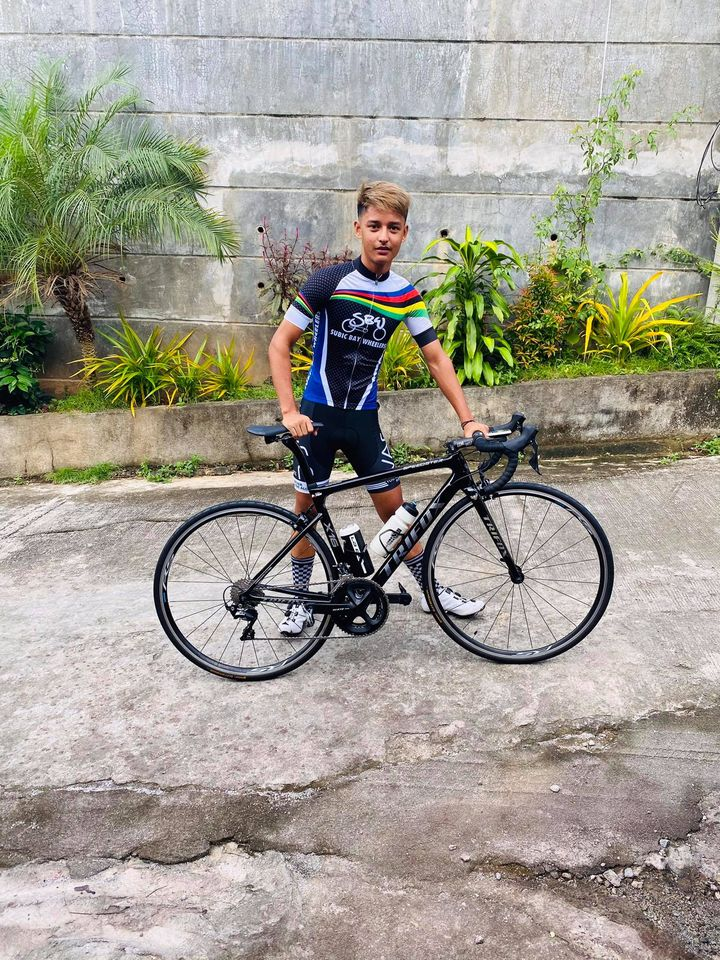This time we will talk about the causes and solutions of neck pain.
Neck pain is a more common problem in cycling than back pain. Especially when riding a road bike, the lower posture will keep the neck in an uncomfortable position. After a long time, it will naturally become sore. In severe cases, it may even cause the neck to become stiff and difficult to continue cycling.
Causes of neck pain
We all know that soreness is generally caused by the production of lactic acid in the muscles under anaerobic conditions. The sore neck is also the reason. When we ride a bicycle in a position for a long time, the neck will be in the same position, which will tighten the neck muscles (neck deep muscles), compress the (capillary) blood vessels, and put the muscles in an anaerobic state. Over time, fatigue, sleepiness, and soreness will appear.
Cycling posture
Neck pain is the easiest when riding a road bike, which is closely related to the Cycling posture of a road bike. Because of the radical geometric design of road bikes, the upper part of the body needs to be lowered a lot when cycling, so we have to look up to observe the road conditions when cycling. The longer we look up, the more likely we are to have neck pain.
Frame size
This reason was also discussed in the previous issue of back pain. An inappropriate frame size will cause many problems. If the size is too large, the body will lie down too much, and if the size is too small, the body will not be stretched. In both cases, the neck will be at an abnormal angle, increasing the pressure on the neck muscles and causing soreness.
The height and angle of saddle and handlebar, helmet wearing
The saddle is too high, the handlebar is too low, and the helmet pressure is too low. These will make the cycling posture lower and the neck needs a larger angle, which can easily cause neck pain.
Cycling time
No matter what the reason is, even if you are in the correct cycling posture, it will cause soreness as long as the time is long.
How to avoid it?
Address external factors
Perform professional fitting, get your body data, find the most suitable cycling data, and then check your frame, saddle, handlebar, stem, etc., if you can adjust it, change it if you can't. Because these are the most direct factors, they need to be eliminated first.
Multiple postures
First, We don't need to keep raising our head to look into the distance, just adjust the posture and look up to see the road conditions clearly, and look squarely when the road conditions are complicated;
Second, twist your neck more to look at the left and right, exercise the neck muscles;
Third, change the cycling posture, such as standing up and rocking the bike when going uphill, which can also relieve the pressure on the neck;
Fourth, switch the position of the grip more, or choose to install a rest bar, you can also relax the neck muscles.
Reasonable rest
In long-distance cycling, set some rest points for yourself, combining work and rest, which not only reduces the pressure on the muscles but also improves cycling efficiency.
Daily notes
A good cycling experience is inseparable from daily exercise and the protection of important muscle groups, so we should also pay attention to protecting the neck in daily life.
Pay more attention to posture
In daily life, we should pay attention to some head-down situations, such as playing mobile phones, playing games, watching TV, sitting in the office, etc. If the posture is not appropriate, the neck will be very hurt. Over time, cervical spine diseases will fall, and cycling will be greatly affected.
Exercise more
Strengthen the exercise of the neck muscles, strengthen the muscles, and make it easier to cope with the bending posture. Common exercises include turning the head, pressing the head in all directions to resist, and wrapping the head with a towel to resist stretching.
Multi-protection




















































































